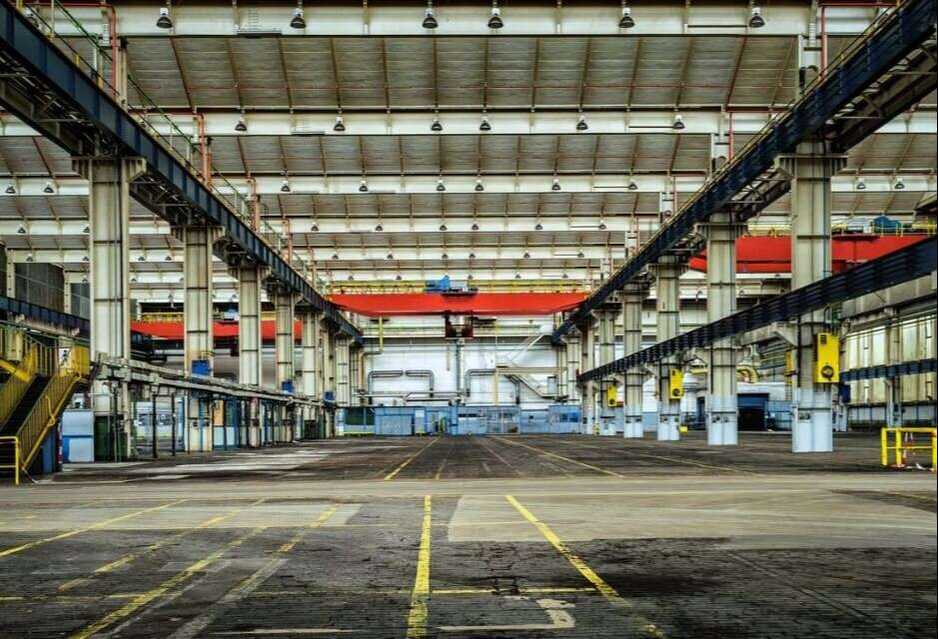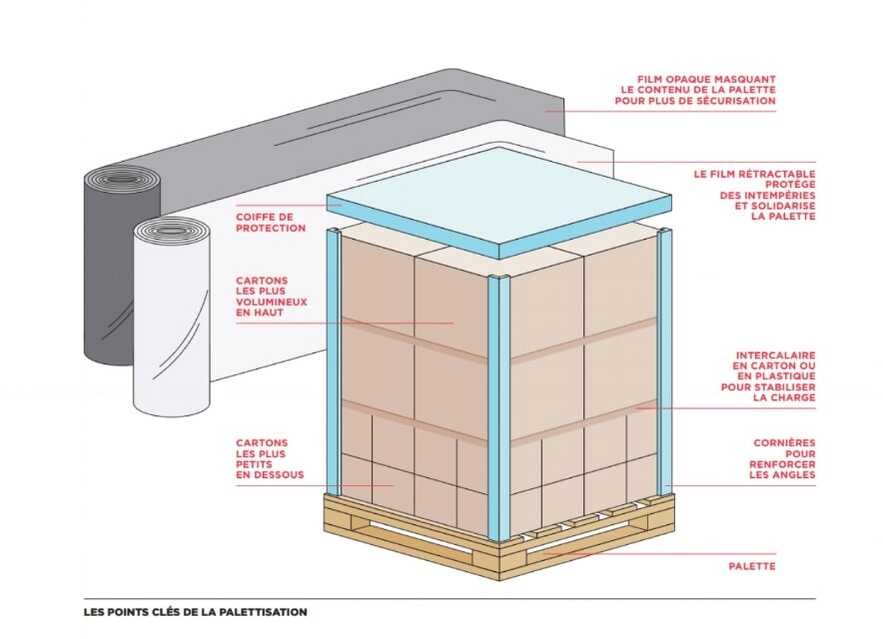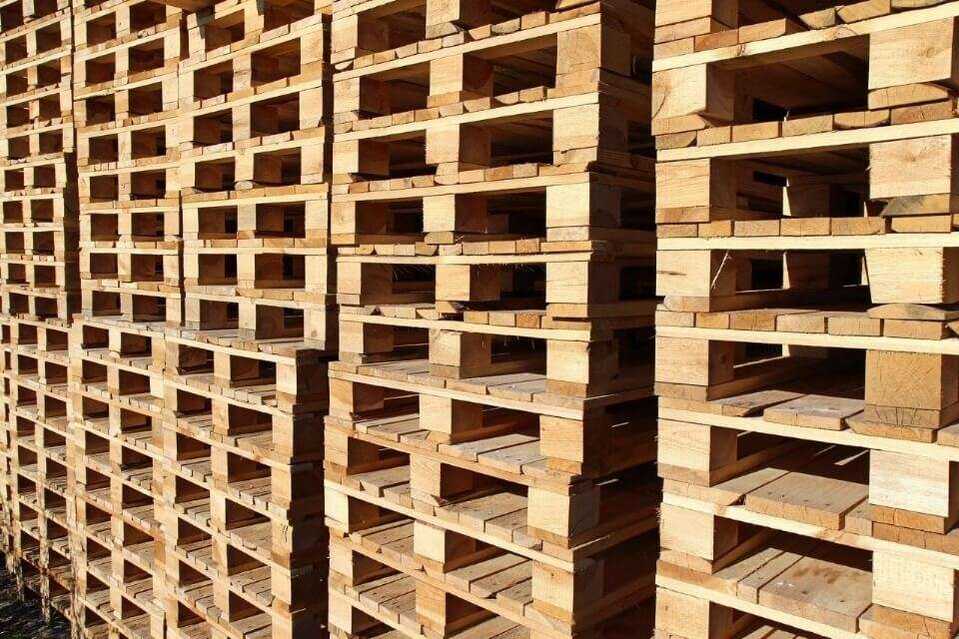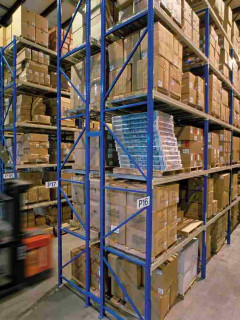An essential accessory for many logistics strategies, the pallet allows for standardised handling, storage and transport of goods in France and the rest of the world. It is therefore essential to choose this accessory carefully, depending on the type of transport, the storage warehouse and also your shipping destinations.
Whatever its size and the material it is made of, it brings together several parcels on the same support: a solution that optimises space in warehouses, but also protects the goods during shipment.
Here is a clear and concise guide to choosing the right type of pallet for your logistics objectives.
- Define your palletisation objectives beforehand
- The different types of pallets
- Choosing the right pallet material
- Choosing a pallet by weight
- Choosing the right size pallet

Beforehand, define your palletisation objectives

Palletisation is a very important step in your logistics flow and offers many advantages:
- Protection of your goods palletised, your parcels benefit from better stability and are protected from external climatic conditions, notably thanks to the stretch film (the choice of which depends on the shape of the pallet).
- Optimising the filling of transport trucks/containers: the less volume of goods you have, the more your transport costs will decrease. The pallet allows you to store loads of up to 2,500 kg in a very safe way.
- Optimising storage space: whether for permanent or temporary storage, the pallet allows you to occupy less space in often congested warehouses.
Palletising therefore allows you to optimise your logistics flow!
Maximum product protection, reduced transport costs and optimal storage are far more cost-effective than parcels that are scattered, refused at customs or arrive at their destination in poor condition.
Write down your specific palletising objectives now , if you have any:
- Are you transporting goods that are particularly sensitive to the weather?
- Doesyour palletising space have any specific dimensions?
- Will your operators have to transport pallets with a particularly heavy load?
Once you have done this, you can choose the right pallet for your mode of transport and the nature of your goods, so that you can avoid the hassle of shipping or exporting.
The different types of pallets
Before choosing a type of pallet, it is necessary to know that it is better to choose it by taking into account several criteria. Indeed, it will vary according to:
- Your shipping method
- The nature of your goods
- The weight of your products
- Their need for protection from the weather..

To help you choose the most suitable pallet, follow this list of tips and considerations.
Choosing the right pallet material
1 – The wooden pallet
For heavy or semi-heavy loads, the wooden pal let is a perfectly adapted packaging solution. It is known for :
- Its unfailing strength: it can carry up to 2,500 kg in static load; it is also easily repairable and therefore stamped as anti-waste;
- Its ease of rotation;
- Its adaptability to the nature of the goods;
There are different types of wooden pallets:
- The one-way pallet : light and economical but single use (it cannot be reused);
- The Europe pal let (also called Europe pallet, or EUR pallet): approved and marked EPAL, this pallet with 4 entries, with standard sizes, is adapted to the storage and export of heavy goods. In compliance with ISPM15 and AQF 335 standards, it is also compatible with the food and pharmaceutical sectors;
|
One-way pallet or European pallet? The European pallet is stronger but often consigned, so managing it requires This complexity invites logistics managers to favour the lesser-quality lost pallet, but some logistics start-ups have decided to tackle this complex issue |
- The standardised VMF pallet: specially designed for transporting glass (bottles, etc.);
- The pallet with skids : with 3 or 5 skids, this pallet is ideal for handling by pallet truck;
- The moulded wood and composite pal let: light, easy to handle, it is also very robust (up to 1250 kg in dynamic load) and insulating.

|
Beware of the ISPM 15 standard for exports! The International Standard for Phytosanitary Measures No. 15, or ISPM No. 15 as it is more commonly known, requires wood-based packaging materials to be treated. If you choose wooden pallets, you will need to obtain a certificate of compliance with this standard, but be aware that this does not prevent untimely checks and deductions at customs. It is therefore recommended that, for export, you give preference to cardboard or moulded pallets, if your products and your transport conditions allow it (particularly if your goods are not subject to excessive humidity). |
2 – Plastic pallets
Often used in logistics centres and warehouses, plastic pallets have the advantage of
- Lightness;
- Easy handling: no nails, splinters or sharp edges!
- Ease of load transfer;
- Exportability: they do not require any anti-parasite treatment.
3 – The cardboard pallet
Very popular in urban areas, the cardboard pallet also has many advantages:
- Recyclable like a cardboard box;
- Resistant: it can support up to 500 kg of load;
- Lightweight, easy to handle and therefore economical in terms of transport costs;
- Secure: no splinters or nails, unlike wood.
Practical because it is recyclable and biodegradable, the cardboard pallet is perfect for urban environments but also for export, since it does not require any particular anti-parasite treatment.
This pallet can also be fitted with plastic blocks and is therefore ideal for storage, as the pallets can be easily nested according to space requirements.
Choosing a pallet by weight
Depending on the type of shipment and the goods to be transported, pallets can carry different loads:
- The light pal let is perfect for a single shipment or for light goods;
- The light pallet is perfect for a single transport or light goods; The semi-heavy pallet can support several transports;
- The heavy duty pallet can be used for multi-trip operations.
It is also necessary to take into account the use you will make of the pallet, if it is for :
- Static load: storage on the ground without moving or handling;
- Dynamic load: check the maximum load of your pallet if it is to be handled with a pallet truck;
- Rack load: for pallets stored on high racks.
Choosing the right size pallet
Pallets come in a number of standard sizes but can also be custom-made for specific products.
To ensure maximum stability, boxes should not protrude from the pallet or be too far from the edges. To make sure you pass on best palletising practices to your operators, don’t hesitate to pass on our guide on the subject.
Three key points to remember:
- Palletising allows for better organisation of your logistics flow, with the assurance of protection and optimisation of storage and transport volume.
- To choose the right pallet, you must first of all take into account the nature of your goods, their size and the weight to be transported.
- Also consider the shipping method: will the pallet make one or more trips? Are you looking for a single or multiple-use pallet? Is it environmentally friendly and biodegradable?
Pallets come in a number of standard sizes, but you can also choose custom-made pallets, which can also be made to measure for specific products.















